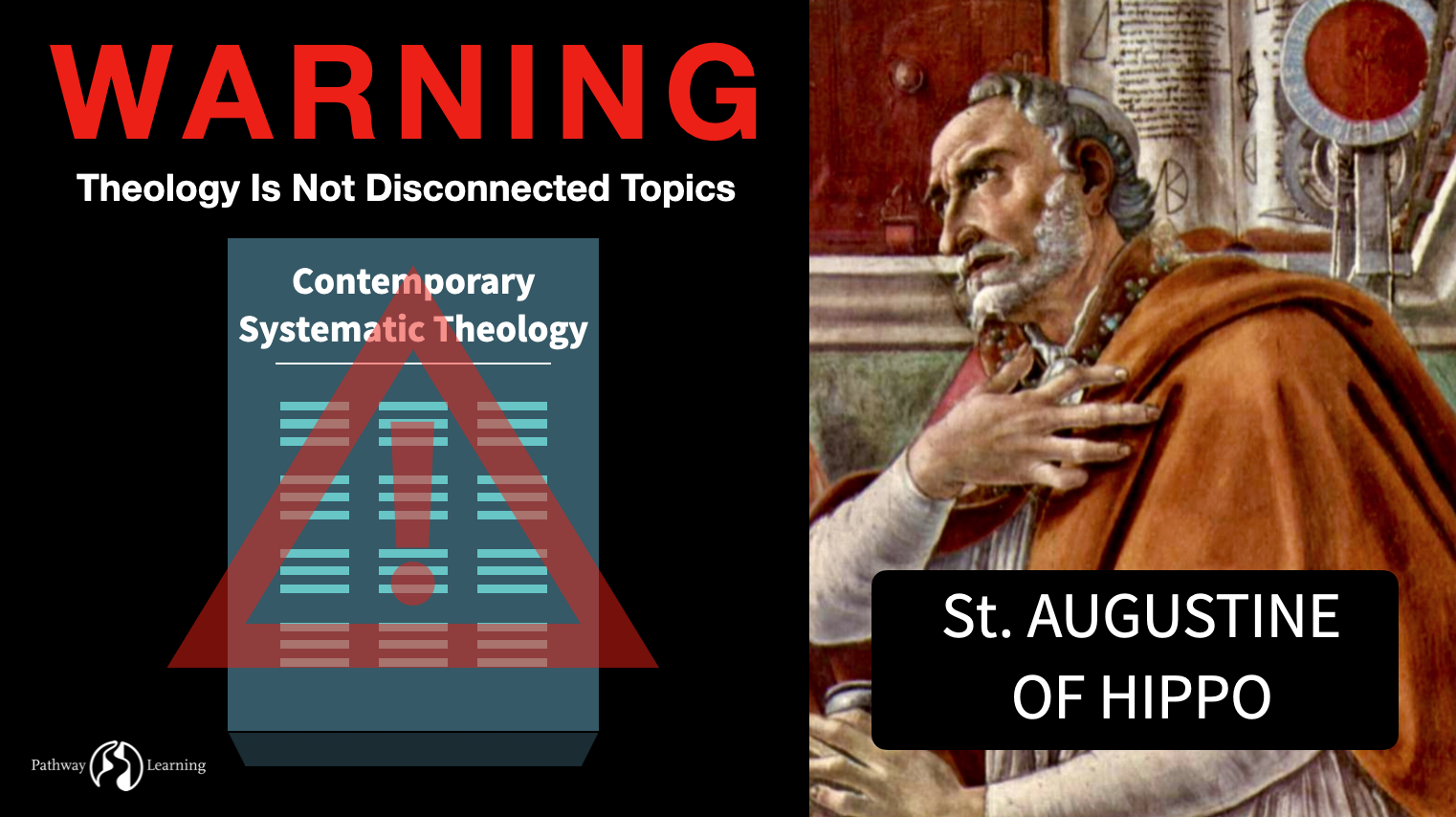The Redemptive-Historical Foundation: Foundations in Theology Series Part 5A
Series: Foundations in Theology (Part 5A)
Authors: Drs. John M. Frame and Steven L. Childers
Title: The Redemptive-Historical Foundation
Sound theology is more than biblical, missional, and centered on God as Triune Lord. Sound theology also reflects how God, as Triune Lord, enters time and accomplishes his redemptive plan for fallen humanity and creation through real historical events.
When God reveals in Scripture who he is and what he does, we see an amazing story unfold from the beginning to the end of time. This story tells of the historical progression of God’s creative and redemptive purpose for the world in Christ. It unfolds throughout the Bible like a four act dramatic play.
Act One: God’s creation of the world and humanity
Act Two: The fall of humanity and the world into sin
Act Three: God's redemption of all things lost in the Fall through the person and work of Jesus Christ and his Holy Spirit
Act Four: God's final restoration of all things when Jesus returns to establish God’s kingdom on earth for eternity
This understanding of God’s Word includes a robust biblical doctrine of creation that far transcends a narrow focus on what happened at the beginning. It’s a view of redemption that reaches beyond saving souls.
The early church father Augustine (354-430 AD) describes the essence of God’s saving work in Jesus Christ as restoring all things lost in the Fall by using a series of Latin couplets that describe God as “Former and Re-Former,” “Creator and Re-Creator,” and “Maker and Re-Maker.”
Therefore, Augustine understood the essence of salvation in Christ as transformation, seeing creation as formation, the fall as deformation, and redemption as reformation.
He saw this as more than speculative doctrine to teach and defend. He recognized it as truth that is meant to lead us to worship and enjoy God for who he is and for all he has done in creating and now re-creating all things in Christ.
This is why Augustine often included these couplets in public worship and offered them as a simple prayer.
May the one who formed us reform us, the one who created us recreate us, the one who installed us restore us to perfection.[1]
Likewise, in his theological writings from the late 19th century, Herman Bavinck concludes from Scripture that the essence of salvation is "Grace restores nature."[2]
He shows how the goal of salvation in the Bible is not only to forgive and relocate believers to heaven, but to restore fallen humanity and creation by re-establishing God’s kingdom on earth. Consequently, human beings are restored image bearers flourishing on the earth as God intended in creation. Bavinck writes,
Grace serves, not to take up humans into a supernatural order, but to free them from sin. Grace is opposed not to nature, only to sin … Grace restores nature and takes it to its highest pinnacle.[3]
Understanding who God is and what he does as Triune Lord to restore fallen humanity and creation gives us four major categories to guide our study of theology:
Creation: Knowing God the Father as Creator
Fall: Knowing the Human Race as Fallen
Redemption: Knowing God the Son as Redeemer
Restoration: Knowing God the Spirit as Restorer
As we saw earlier, the writers of the early church creeds and the writers of the Reformation, like Luther and Calvin, followed this Trinitarian-Redemptive approach to the study of theology.
But in the late 16th century, many theologians stopped following this historically ordered theology and created more speculative categories, relegating this Trinitarian-Redemptive method to a sub-category.
Instead of using the biblical narrative in the Apostles’ Creed as the overarching approach to the study of theology, they adopted a list of topics related to salvation that are most often used in contemporary systematic theology.
Bibliology: The study of the Bible
Theology proper: The study of the nature of God
Anthropology: The study of humanity
Hamartiology: The study of sin
Christology: The study of Jesus Christ
Ecclesiology: The study of the church
Pneumatology: The study of the Holy Spirit
Soteriology: The study of salvation
Eschatology: The study of the end times
Our approach in Applied Theology is to integrate the study of these topics into the Trinitarian and redemptive-historical approach.[4]
Creation: Knowing God the Father as Creator
Bibliology: The study of the Bible
Theology proper: The study of the nature of God
Fall: Knowing the Human Race as Fallen
Anthropology: The study of humanity
Hamartiology: The study of sin
Redemption: Knowing God the Son as Redeemer
Christology: The study of Jesus Christ
Ecclesiology: The study of the church
Restoration: Knowing God the Spirit as Restorer
Pneumatology: The study of the Holy Spirit
Soteriology: The study of salvation
Eschatology: The study of the end times
Following this approach will allow us to study the traditional topics used in systematic theology without losing the redemptive-historical narrative.
Footnotes:
[1] St. Augustine of Hippo, s. 301A; Hill, Sermons (III/8), 291.
[2] Herman Bavinck, Reformed Dogmatics, Vol. 3: Sin and Salvation in Christ, ed. John Bolt, trans. John Vriend (Grand Rapids, MI: Baker Academic, 2006) 577.
[3] Ibid. 577.
[4] We acknowledge the traditional loci of systematic theology do not neatly fit into the four biblical epochs of creation, fall, redemption, and restoration. Nevertheless, we strive to integrate the major perspectives of biblical theology into systematic and historical theology. Reformed systematic theologies traditionally integrate systematic and historical theology. In Applied Theology, we're also integrating the redemptive-historical dimensions of biblical theology. For a contemporary approach toward integrating biblical, systematic, and historical theology, see: Gamble, Richard C. 2018. The Whole Counsel of God, Volume 2: The Full Revelation of God. Phillipsburg, N.J: P & R Publishing.


